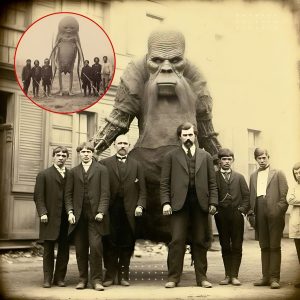Washington, DC, the capital of the United States, has a rich history and has undergone significant transformations since its establishment. From its inception in the late 18th century to its current status as a bustling metropolitan area, the city’s evolution reflects the growth and changes of the nation itself.

Then: The Early Days

Washington, DC, was founded on July 16, 1790, following the signing of the Residence Act. The city’s location was chosen by President George Washington along the Potomac River, strategically positioned between the northern and southern states. Designed by French engineer Pierre Charles L’Enfant, the city’s layout included broad streets and ceremonial spaces, with the United States Capitol and the White House as focal points.

In its early years, Washington, DC, was a modest city, primarily serving as the political hub of the nation. The construction of key government buildings, such as the Capitol, the White House, and the Treasury, marked the early architectural landscape. Despite the War of 1812, during which British forces burned much of the city, Washington quickly rebuilt and continued to grow.

Now: A Modern Metropolis

Today, Washington, DC, is a vibrant and diverse city, home to over 700,000 residents and millions of annual visitors. The city’s iconic landmarks, including the Lincoln Memorial, the Washington Monument, and the Smithsonian museums, draw tourists from around the globe. The National Mall, often referred to as “America’s Front Yard,” serves as a central gathering place for events, protests, and celebrations.

Washington, DC, has also emerged as a significant cultural and economic center. The city boasts a thriving arts scene, with renowned theaters, galleries, and music venues. Its diverse neighborhoods, such as Georgetown, Dupont Circle, and Adams Morgan, offer a rich blend of history, cuisine, and culture. The presence of numerous universities, think tanks, and international organizations adds to the city’s dynamic atmosphere.

SEO-Friendly Aspects
For those exploring the historical and modern aspects of Washington, DC, keywords such as “Washington DC history,” “founding of Washington DC,” “Washington DC landmarks,” and “modern Washington DC” are essential. These keywords can attract readers interested in the city’s transformation, historical significance, and current attractions.
Conclusion
Washington, DC’s transformation from a fledgling capital to a bustling modern metropolis mirrors the growth and evolution of the United States. The city’s rich history, iconic landmarks, and vibrant cultural scene make it a unique destination that reflects the nation’s past and present. Whether delving into its historical roots or exploring its contemporary offerings, Washington, DC, continues to captivate and inspire.





